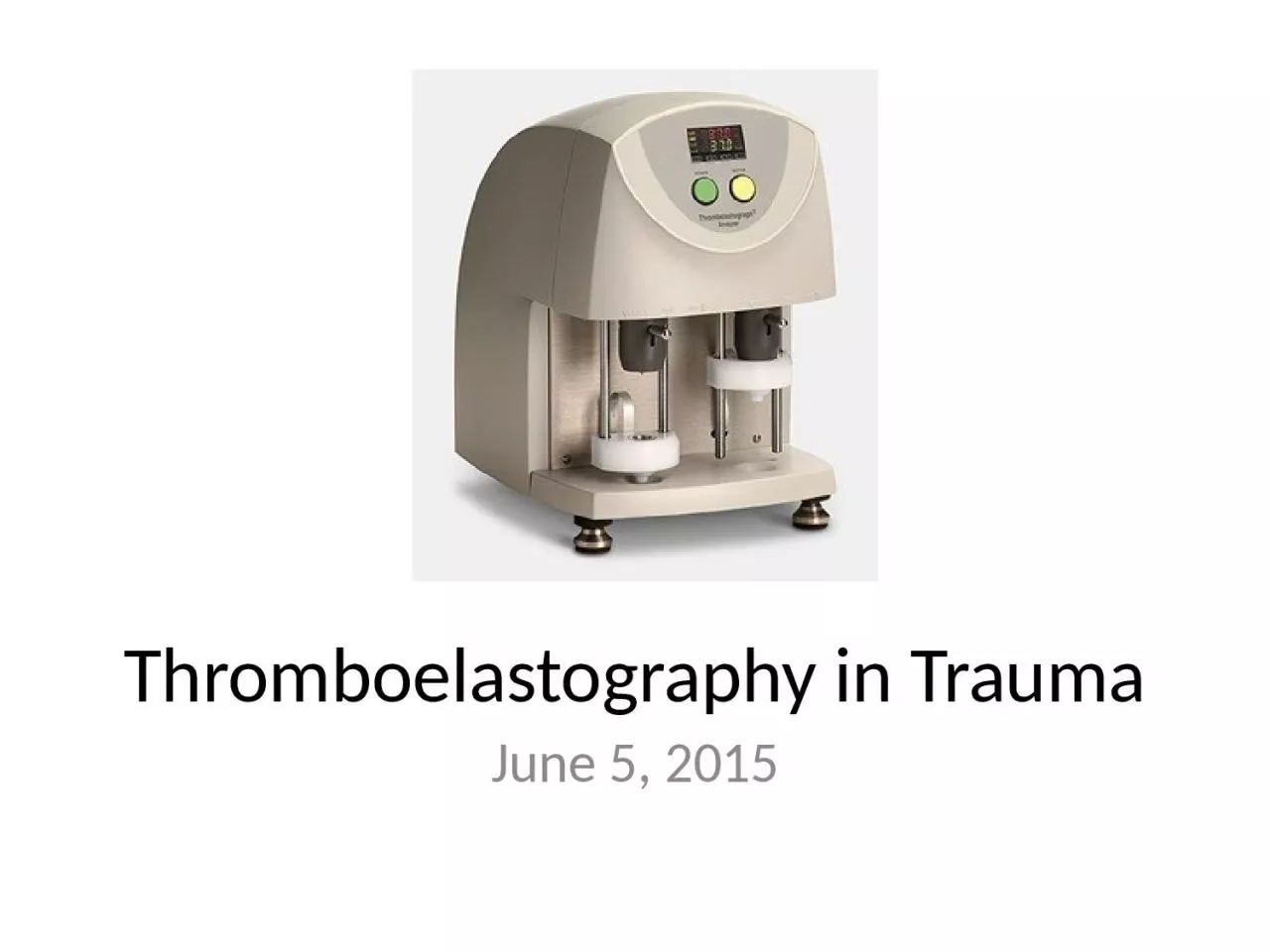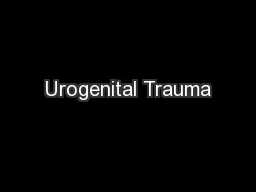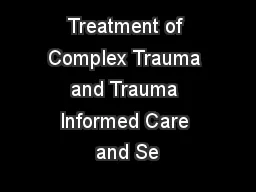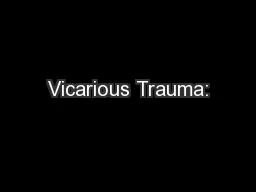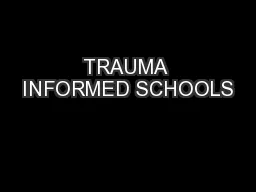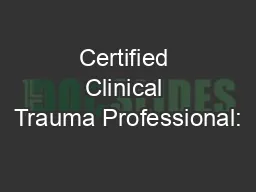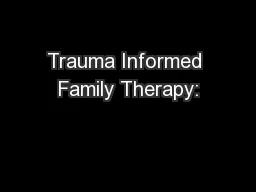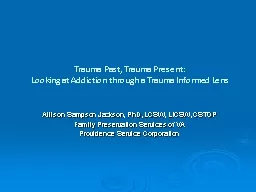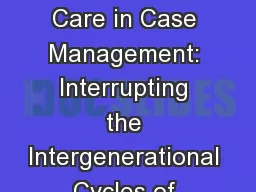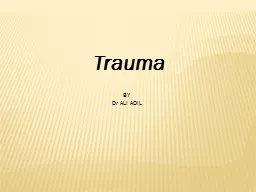PPT-Thromboelastography in Trauma
Author : HappiestManAlive | Published Date : 2022-08-02
June 5 2015 What is TEG TEG is a functional assay which measures the bloods ability to form a clot Measures clot formation via the tensile strength of fibrinpolymerplatelet
Presentation Embed Code
Download Presentation
Download Presentation The PPT/PDF document "Thromboelastography in Trauma" is the property of its rightful owner. Permission is granted to download and print the materials on this website for personal, non-commercial use only, and to display it on your personal computer provided you do not modify the materials and that you retain all copyright notices contained in the materials. By downloading content from our website, you accept the terms of this agreement.
Thromboelastography in Trauma: Transcript
Download Rules Of Document
"Thromboelastography in Trauma"The content belongs to its owner. You may download and print it for personal use, without modification, and keep all copyright notices. By downloading, you agree to these terms.
Related Documents

